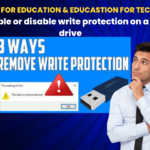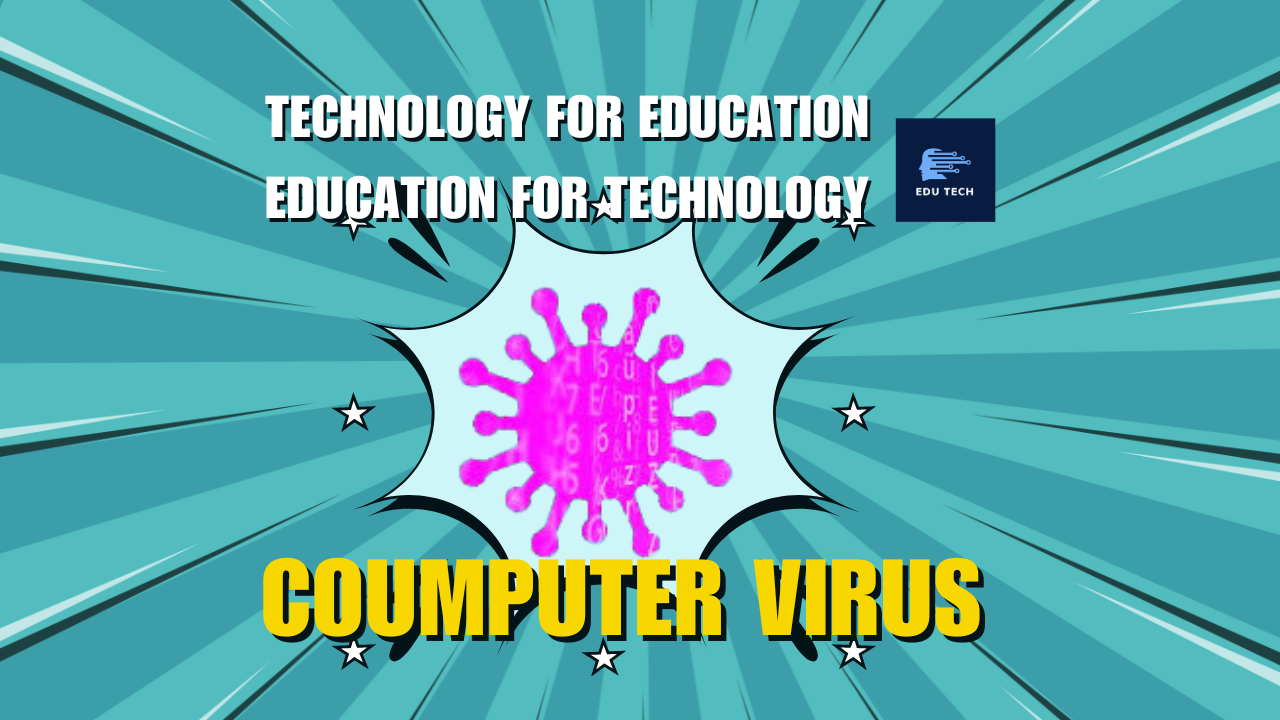- Computer viruses are unwanted software programs or pieces of code.
- It then interfere with the functioning of the computer.
- It spread through files, data, and insecure networks.
- While it enters our system, it can replicate to produce copies of itself to spread from one program to another program and from one infected computer to another computer.
- There are many antiviruses, which are also a program that can help us to protect our machine from viruses.
- It scans our system and cleans the viruses detected during the scan. Some of the popular antiviruses include Avast, Quickheal, McAfee, Kaspersky, etc.
Symptoms of a Computer Virus
There are many signs or symptoms which show that a computer is infected with a virus, some of which are as follows:
- The machine may work slowly, e.g., it will take more time to open or shut down the computer.
- And opening a file, document, computer application, etc. The operating system and internet speed may get slow.
- A virus may cause unusual frequent pop-ups on any window.
- The hard drive may exhibit unusual high activity even when it is not in use.
- It may cause unwanted changes to our hard drive and may freeze or crash this device.
- It may be frequent system crashes while doing some other work using the infected system. A blue screen appears when it crashes.
- Unwanted programs may open or start automatically when we start our computer.
- Sometimes, the window shuts down unexpectedly without any reason.
- We may not be able to log into our accounts, to delete the corrupt files, and Blue Screen of Death (BSOD) may appear frequently, and more.
- Furthermore, the hardware, software, or OS may start malfunctioning leading to crashing the system abruptly.
- Sometimes, we experience high network activity even if you are not connected to the internet and vice versa.
- If we see advertisements even when we are not browsing, it may indicate a virus on your computer.
- We may experience different colours in our display if our computer is affected by a virus.
- Some specific applications may not work due to viruses are developed to affect those specific applications.
- Any website may deny access to a computer that is infected by a virus.
- Our home page may get changed, may see a new toolbar on our screen, and we may be redirected to a different web address instead of the page visited by us initially.
- One may see strange messages on a computer screen such as error messages.
How Virus Can be Infected?
- Viruses unfold via devices like floppy disks, CDs, and USB drives.
- Viruses are frequently transmitted through malicious electronic mail attachments.
- Shared networks and peer-to-peer sharing can be responsible for virus transmission.
- Infected websites and downloads from these websites can cause virus infections.
- Some viruses spread through community .
- Viruses can be transferred through infected USB drives and special peripheral gadgets.
Types of Computer Virus
Overwrite Virus:
- It overwrites the code of the host computer system’s file with its own malicious code.
- The content of the infected file is replaced partially or completely without changing the size of the file.
- It destroys the original program code by overwriting it with its defective code.
- The infected files must be deleted or replaced with a new copy because this virus cannot be removed or disinfected.
Append Virus:
- This virus appends its malicious code to the end of the host program’s file.
- After that, it alters the file’s header and the file’s header is redirected to the start of the malicious code of the append virus.
- Thus, this code is executed each time the program runs.
- Though it does not destroy the host program.
- It modifies it such a way like it holds the virus code and enables the code to run itself.
Macro Virus :
- Macro viruses are embedded in files, collectively with Microsoft Word or Excel files.
- They use the macro language in those files to infect to other documents even as opened.
Boot Virus :
- Boot region viruses infect the Master Boot Record (MBR) of a garage device
- It is very hard to eliminate.
- During the time of booting, virus activates and may spread to exceptional manner to that devices.
Resident Virus :
* Resident viruses keep themselves in the PC’s, making them tough to discover and eliminate. They can infect documents as they are opened or closed.
Non-resident Virus:
- Non-resident viruses do not keep themselves in the PC’s memory.
- They infect documents at once and depend upon the host document for execution.
Multipartite Virus :
- Multipartite virus spreads and infects in multiple ways.
- It infects both the boot sector and the executable files stored on the hard drive simultaneously.
- When you turn on a computer, the boot sector virus is triggered as it latches on to the hard drive.
- The hard drive has the data for starting up the computer.
Once it is triggered, the program files also get infected.
File Infector Virus :
- It is one of the most commonly found computer viruses.
- These viruses connect themselves to executable files (e.g., .exe, .com, .dll).
- It activate while the infected report is executed.
- They can spread to other files while the infected program is running.
Computer Worm :
- A Computer worm is similar to a virus but is technically different from the virus.
- Worms don’t require a host file.
- They’re still a form of malware.
Worms self-replicate and spread across networks and devices.
Trojan Horse :
- A Trojan horse is malware like a virus or a worm.
- It is technically one-of-a-kind from the virus.
- While worms are terrific from viruses because they don’t require a bunch of reports, they have, a form of malware.
- Worms self-replicate and spread throughout networks and gadgets.
Cavity virus:
- It is also known as a space filler virus.
- This virus tends to install itself by occupying the empty sections of a file.
- It is not easy to detect this virus as it fills the empty spaces without changing the size of the file.
CMOS Virus:
- It infects the CMOS, which stands for complementary metal-oxide semiconductor and is a memory chip that contains the system configuration.
- This virus can erase or reset the system configuration.
Encrypted Virus:
- It encrypts its payload to make its detection more difficult.
- It comprises two parts: an encrypted virus body and a de cryptor, which decrypts the virus when it is executed.
- After decryption, the virus can execute itself and replicate and become a resident.
Executable Virus:
- It is a non-resident computer virus that resides in an executable file.
- Whenever the infected file is executed, it infects the other files.
Rabbit Virus:
- It is capable of creating new processes.
- Each of the new processes further creates new processes.
- This process continues until this virus utilizes all the available resources in the system and, the system falls short of resources.
- It may slow down and crash the system.
Stealth Virus:
- It is a hidden computer virus.
- It specifically attacks operating system processes.
- It usually hides itself in partitions, files or boot sectors and unnoticed during antivirus or anti-malware scans, so that not able to detect.
How We Can Protect ?
- Antivirus Software: Antivirus are designed to protect, quarantine, and get rid of viruses from a gadget.
- Firewalls: Firewalls act as a barrier between a community and potential threats, preventing unauthorized admission to and the spread of viruses.
- Patch Management: Keeping software, working systems, and programs updated with the current safety patches.
- Email Filtering: Running email filtering systems can block malicious attachments and hyperlinks, reducing the threat of e-mail-borne viruses.
- Network Segmentation: Segregating networks into smaller, remoted segments can restrict the spread of viruses inside the occasion of an infection.
- Backup and Recovery: Regularly back up the data and files and having a recovery plan can minimise the risk.
- Security Updates: Day to day security updates is must for effective protection from viruses.















